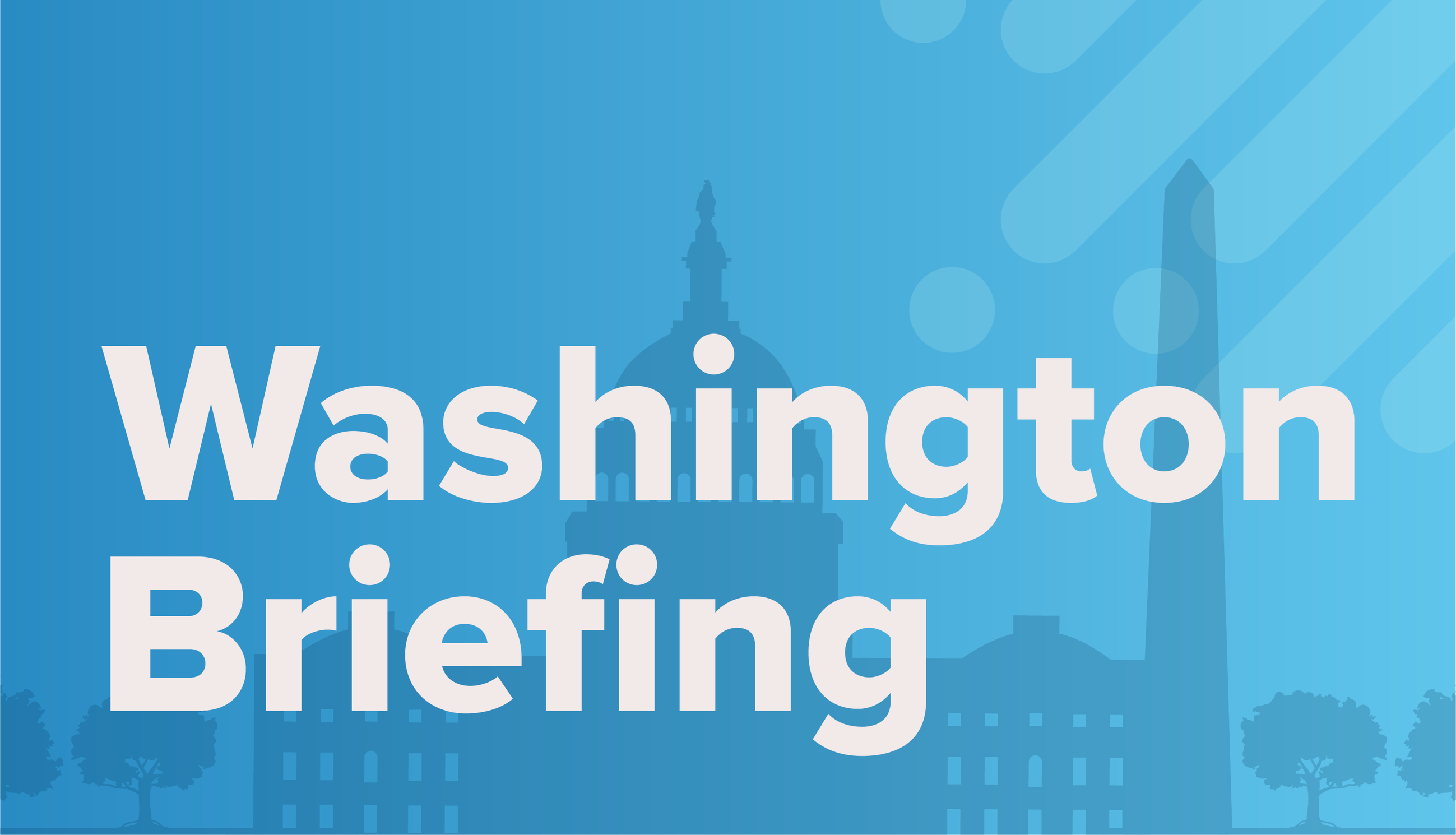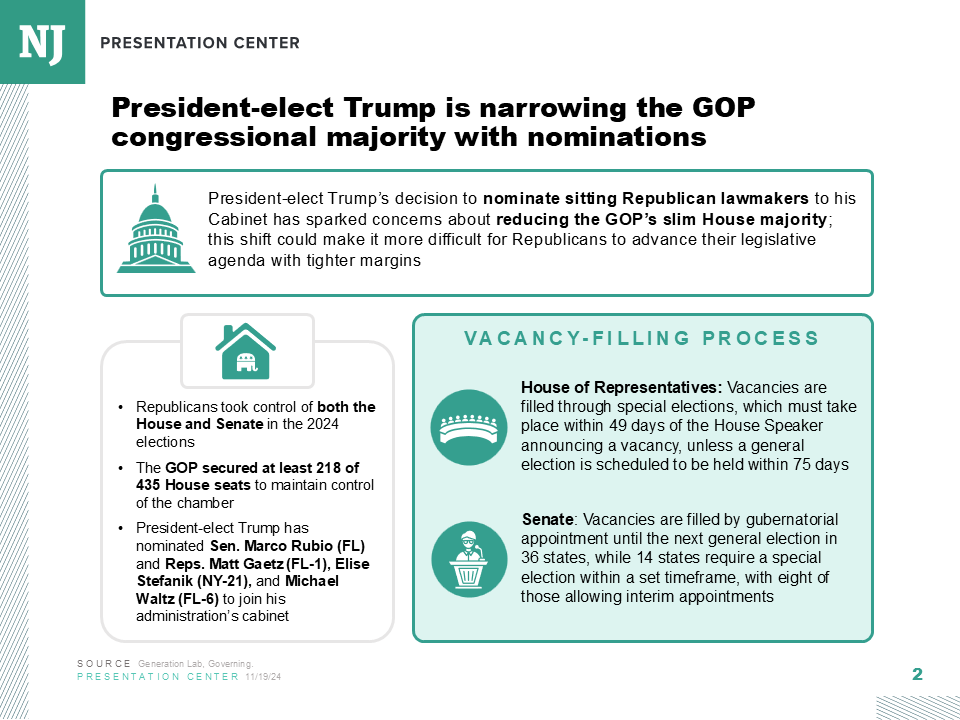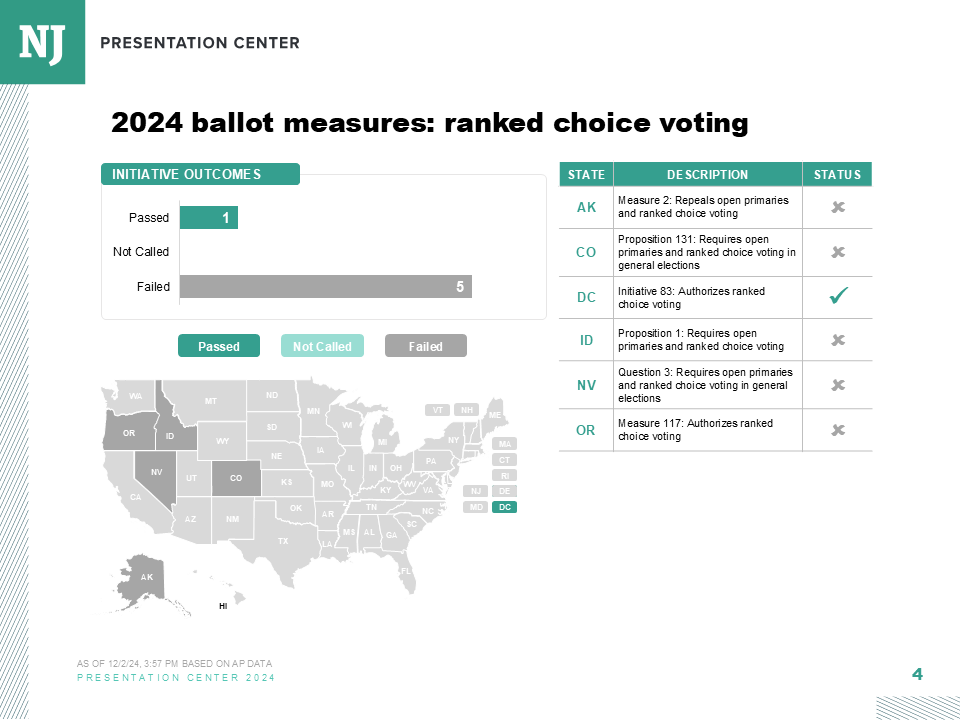Following the assassination of right-wing activist Charlie Kirk on Wednesday, the New York Times reported that the term “civil war” was mentioned on Wednesday more than 129,000 times on X, then at least 210,000 times Thursday—before the identity of the shooter was known, much less his motives.
Many of those mentions certainly came from online bots and trolls. Others, however, came from the likes of actor James Woods, who has 5 million followers. He wrote, “Dear leftists: we can have a conversation or a civil war. One more shot from your side and you will not get this choice again.”
InfoWars host Chase Geiser (336,000 followers) wrote, “There will be no debate among historians as to who fired the first shot in the second American Civil War.” Right-wing influencer Andrew Tate (10.8 million followers) simply wrote, “Civil War.”
Declaring he would now be at war “for the next 20” years, Rep. Derrick Van Orden (R-WI 03) of wrote, “The democratic Party has been fostering a 21st century Civil War. I would encourage them [to] look at the results of the last one that they started.”
Indeed, when Americans hear “Civil War,” our imaginations naturally turn to 1861, and armies facing off against one another along neat geographic lines.
Yet if the country were to lapse into political conflagration, the front lines wouldn’t be so obvious. They’d likely be everywhere—something more akin to “The Troubles” that beset Northern Ireland for 30 years beginning in 1968, in which mortal enemies lived in close proximity. Resentment, mistrust, and hatred fueled not only episodes of violence, but a constant reality of housing and employment discrimination and extrajudicial arrests.
American University professor Kimberly Cowell-Meyers, who's worked in the Northern Ireland Assembly and studied The Troubles extensively, told me that while "an increasing acceptance of political violence in our culture" is concerning, ideology alone isn't "quite as compelling a motivation for bloody conflict as the things that motivated the Troubles. There you had ideology overlap with religion, class, national identity and a very long history of violence and resistance."
Yet even in a Marist Poll last spring—before the attempted assassination of President Trump, or the actual assassination of a Minnesota lawmaker and her husband, or the firebombing of Pennsylvania Gov. Josh Shapiro’s (D) home—20% of adults agreed that “Americans may have to resort to violence to get the country back on track.”
And once political violence starts, it tends to get worse. As Patrick Radden Keefe recounted in Say Nothing, his history of The Troubles: “In 1969, only nineteen people were killed, and in 1970, only twenty-nine. But in 1971, the violence accelerated, with nearly two hundred people killed. By 1972, the figure was nearly five hundred.”
So the time for cooler heads to prevail is right now. In the words of Irish poet Seamus Heaney in his 1975 collection North, “The 'voice of sanity' is getting hoarse.”
Editor’s Note: This Spotlight originally ran in the Sunday Nightcap, a weekly check-in on the week that was and the week to come in politics and policy with National Journal's Editor in Chief. Subscribe here.
— Jeff Dufour
jdufour@nationaljournal.com






